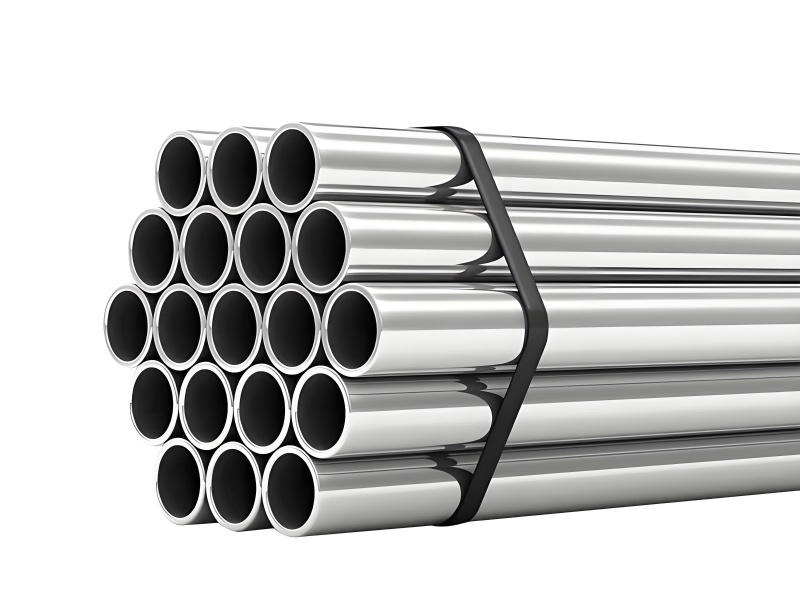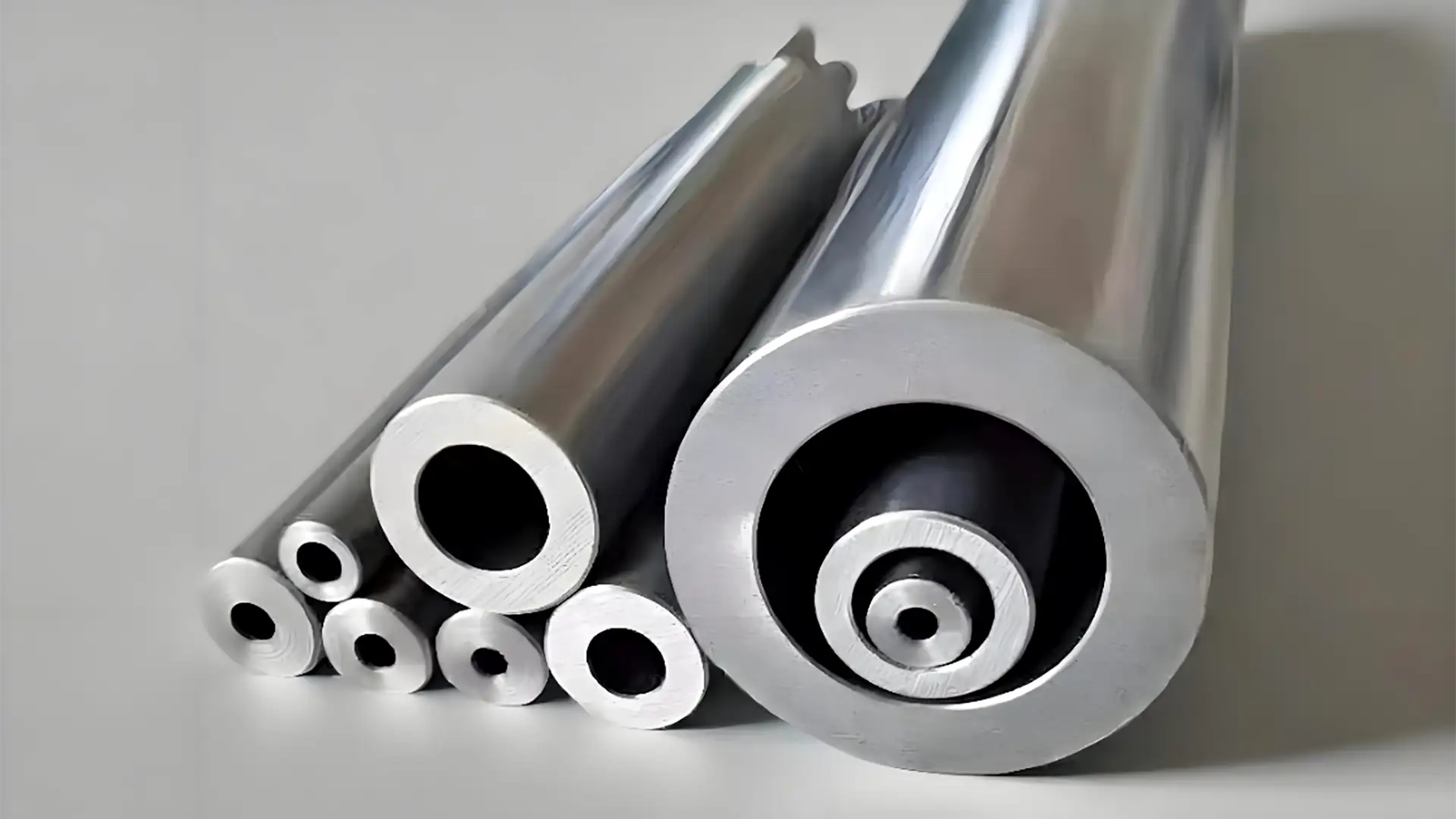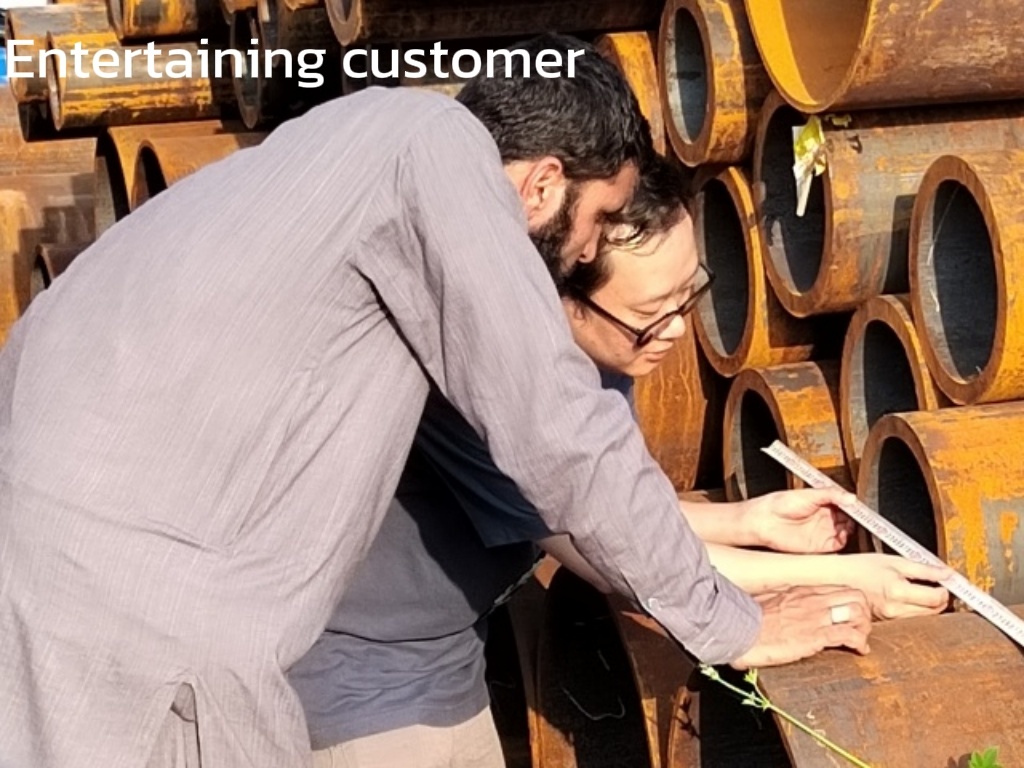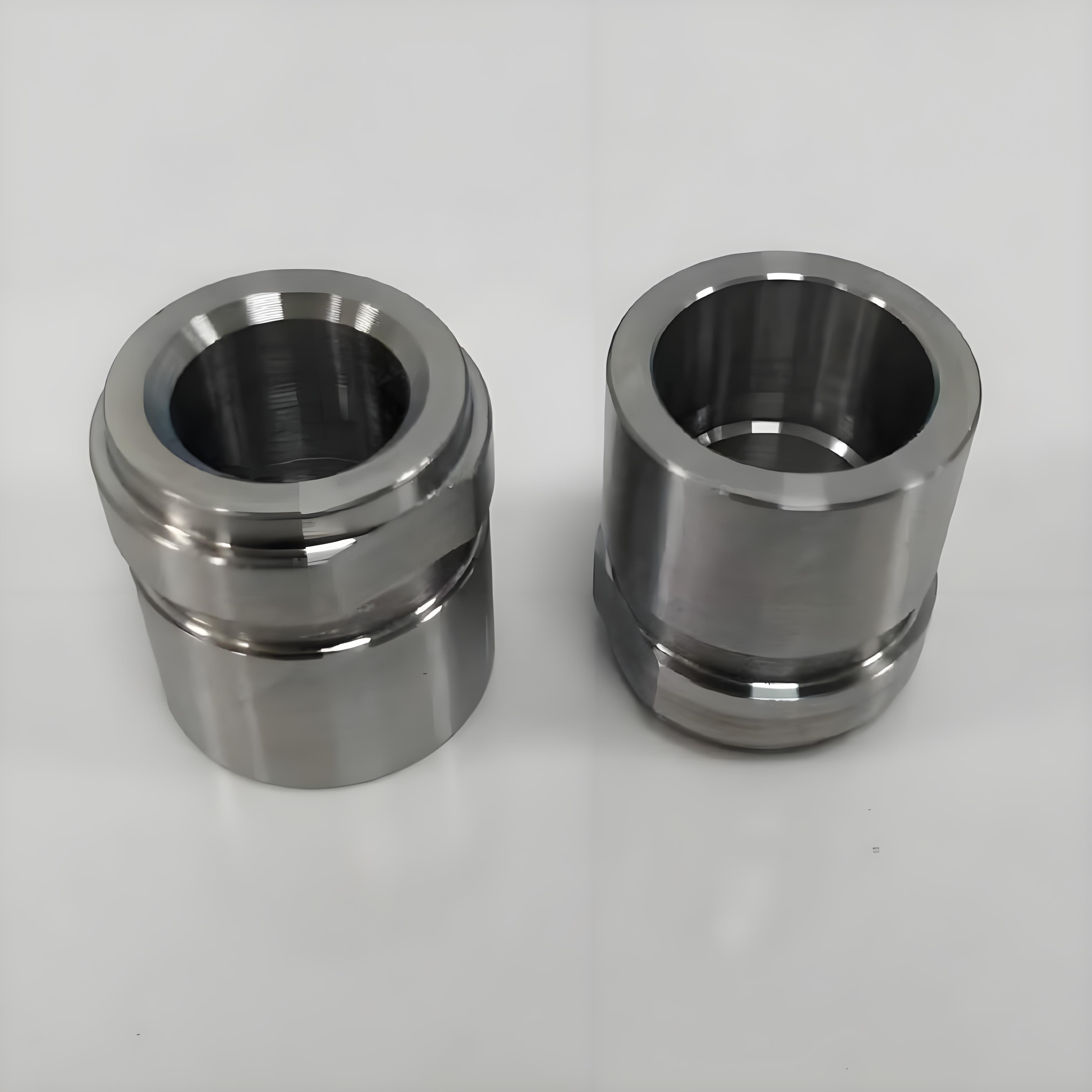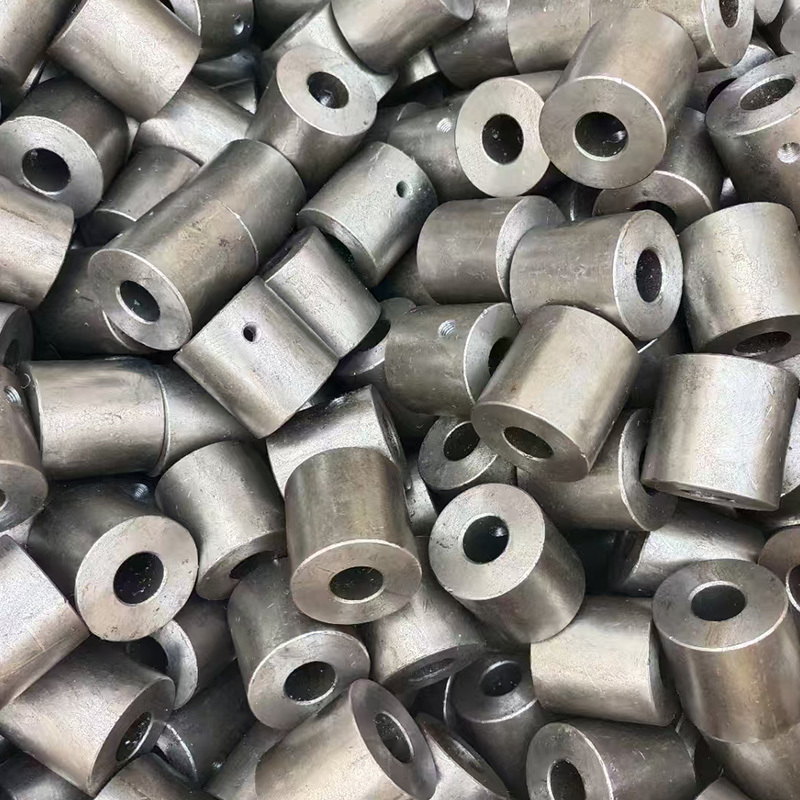Precision Steel Tubes: A Key Material Driving Industrial Innovation and Development
Add Time:
2025-01-07
This article synthesizes technical insights and market trends to highlight the transformative impact of precision steel tubes across industries, positioning them as a material of strategic importance in global manufacturing
Introduction
Precision steel tubes, characterized by their high dimensional accuracy, superior surface finish, and excellent mechanical properties, have become indispensable in modern industrial applications. Manufactured through advanced processes such as cold drawing, cold rolling, and heat treatment, these tubes ensure exceptional strength, corrosion resistance, and durability, making them vital across sectors like automotive, aerospace, energy, and more
Technical Features and Manufacturing
Precision steel tubes are defined by tight tolerances (e.g., ±0.05mm), smooth surfaces, and enhanced mechanical performance. For instance, 40Cr precision tubes exemplify these traits with their high hardness, wear resistance, and ease of machining, enabling their use in high-stress components like engine shafts and hydraulic systems7. Advanced manufacturing techniques, including automated production lines and AI-driven quality inspections, further enhance product consistency and efficiency. Notably, China’s Ministry of Industry and Information Technology recently proposed AI-powered standards for anomaly detection in tube production, signaling a shift toward intelligent manufacturing
Key Applications
-
Automotive Industry
Precision tubes are critical in fuel systems, exhaust systems, and brake mechanisms. Their lightweight design and corrosion resistance improve fuel efficiency and reduce emissions. For example, precision fuel lines ensure stable transmission while minimizing energy loss. -
Energy Sector
-
Oil & Gas: Used in high-pressure pipelines and drilling equipment due to their corrosion resistance and structural integrity.
-
Nuclear Power: Serve as cooling pipes and structural supports in reactors, ensuring safety under extreme conditions.
-
Thermal Power: Applied in boiler systems and steam pipelines to enhance heat resistance and operational efficiency.
-
-
Aerospace
Precision tubes are integral to aircraft hydraulic systems, engine components, and landing gear. Their ability to withstand high temperatures and pressures ensures reliability in critical aerospace applications58. -
Machinery and Construction
These tubes are used in hydraulic cylinders, bearings, and structural frameworks, improving precision and longevity in machinery. In construction, they reinforce steel structures and utility systems, enhancing safety and stability. -
Emerging Fields
Applications extend to medical devices, electronics, and renewable energy systems, where precision and material performance are paramount
Future Trends
The precision tube industry is evolving toward:
-
High Efficiency: Optimizing materials and processes to meet rising demand in energy and manufacturing.
-
Intelligent Production: Integrating AI and IoT for real-time quality control and predictive maintenance.
-
Sustainability: Adopting eco-friendly materials and processes to reduce carbon footprints
Conclusion
As a cornerstone of industrial advancement, precision steel tubes will continue to expand their role in cutting-edge technologies. With China’s market projected to grow steadily and global demand rising, innovation in production and application will drive the sector’s future.
For further details, refer to industry reports and standards such as the "2025 China Precision Steel Tube Market Forecast" and the MIIT’s AI technical specifications
Next
Latest News
A high-profile delegation of industry leaders and technical experts from Pakistan recently concluded a productive visit to Tensea Alloy Steel Co.’s advanced manufacturing facility in Jinan City, Shandong Province,China. The visit, focused on factory inspections and rigorous product evaluations, highlighted the growing collaboration between Chinese manufacturers and Pakistani enterprises under the Belt and Road Initiative.
Spacer Bush: Precision Engineering for Diverse Industrial Applications Product Description
Cold-drawn steel pipe is a kind of high-precision and high-quality steel pipe products, which are widely used in machinery manufacturing, automobile manufacturing, construction engineering and other fields. The import and export data of the global cold-drawn steel pipe can reflect the development of the steel pipe industry in various countries and the status of international trade.
Precision Steel Tubes: A Key Material Driving Industrial Innovation and Development
This article synthesizes technical insights and market trends to highlight the transformative impact of precision steel tubes across industries, positioning them as a material of strategic importance in global manufacturing
The difference between cold-drawn precision seamless pipe and ordinary seamless pipe
Cold-drawn precision seamless pipe: the production process is complex, the production equipment and technical requirements are high, and the loss in the production process is relatively large, and the price is usually higher than that of ordinary seamless pipe.
The International pipe exhibition will be held soon
The 25th pipe expo 2025 will grand opening on May 10 2025 solstice 12, the 25th pipe expo will be held in the China import and export fair pavilion area C first. The exhibition is rich in content, covering steel pipe products, metal pipe processing equipment, metal circular saw blades, pipe fittings products, pipe fittings equipment, etc.
China's steel pipe exports hit a new high
In 2024, China's steel pipe exports hit a record high, and exports increased significantly in the Middle East and Southeast Asian markets, especially the UAE and Saudi Arabia, with cumulative exports reaching 8.659 million tons from January to October, an increase of 6.56%.



